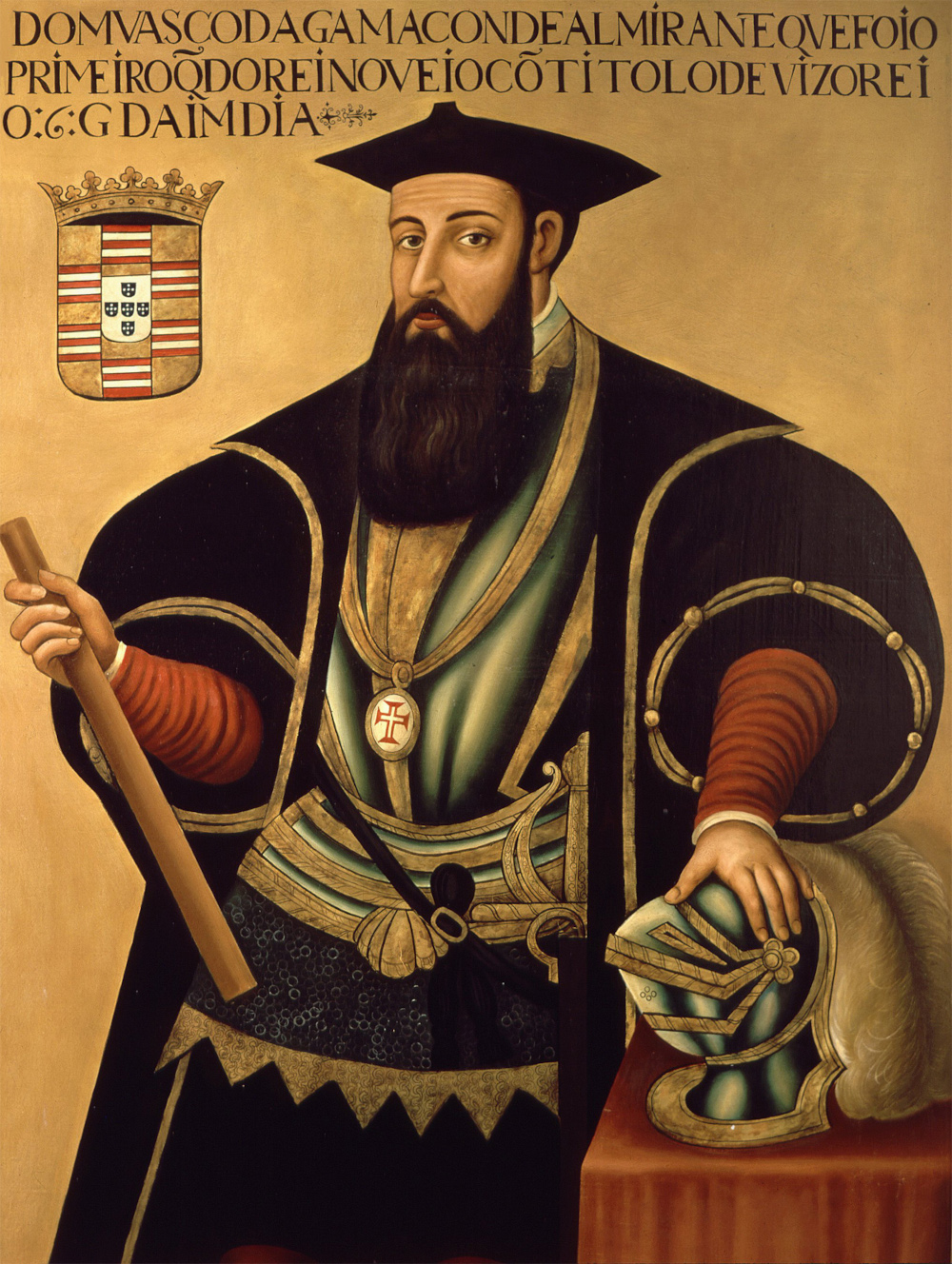

his favorite color was brown because he was always on a ship. Vasco Da Gama favorite color is brown & blue. He was later granted additional privileges and revenues, and his wife bore him six sons. What is a Basque name?ĪLAZNE: Basque name meaning “miracle.” ALESANDESE: Feminine form of Basque Alesander, meaning “defender of mankind.” ALIZE: Basque form of Spanish Alicia, meaning “noble sort.” AMALUR: Basque name meaning “homeland motherland.” AMALURE: Variant of Basque Amalur, meaning “homeland motherland.” Who did Vasco da Gama marry?ĭa Gama had married a lady of good family, Caterina de Ata de– perhaps in 1500 after his return from his first voyage–and he then appears to have retired to the town of vora.

The Portuguese nobleman Vasco da Gama (1460-1524) sailed from Lisbon in 1497 on a mission to reach India and open a sea route from Europe to the East. But Gama contracted malaria not long after arriving, and died in the city of Cochin on Christmas Eve in 1524, three months after his arrival. Vasco da Gama immediately invoked his high viceregent powers to impose a new order in Portuguese India, replacing all the old officials with his own appointments. On his first journey to India, he found out that India had already established trade with many different countries, such as Africa and China.

Some traits of his personality led to negative relations with the Muslims. Vasco da Gama was known to be brutal Vasco da Gama was known to be kind of brutal and arrogant. Schoolchildren will recognize this name via Portuguese explorer Vasco da Gama. The name Vasco is a boy’s name of Spanish origin meaning “someone from the Basque region”. Da Gama sailed from Lisbon, Portugal, in July 1497, rounded the Cape of Good Hope, and anchored at Malindi on the east coast of Africa. Portuguese explorer Vasco de Gama becomes the first European to reach India via the Atlantic Ocean when he arrives at Calicut on the Malabar Coast. 1460, Sines, Portugal-died December 24, 1524, Cochin, India), Portuguese navigator whose voyages to India (1497–99, 1502–03, 1524) opened up the sea route from western Europe to the East by way of the Cape of Good Hope. His body was later taken back to Portugal for burial there.Er conde da Vidigueira”>Vasco da Gama, Portuguese Vasco da Gama, 1 er conde da Vidigueira, (born c. He soon fell ill, and in December 1524 he died in Cochin. For the next 20 years, da Gama continued to advise the Portuguese ruler on Indian affairs, but he was not sent back to the region until 1524, when King John III appointed him as Portuguese viceroy in India.ĭa Gama arrived in Goa with the task of combating the growing corruption that had tainted the Portuguese government in India. Da Gama’s Later Life and Last Voyage to Indiaĭa Gama had married a well-born woman sometime after returning from his first voyage to India the couple would have six sons. Upon his return to Portugal, by contrast, he was richly rewarded for another successful voyage. For these brutal demonstrations of power, da Gama was vilified throughout India and the region. On this voyage, da Gama attacked Arab shipping interests in the region and used force to reach an agreement with Calicut’s ruler. In 1502, King Manuel put da Gama in charge of another Indian expedition, which sailed that February. He then moved on to Cochin, where he established the first Portuguese trading post in India. Little else is known about his early life, but in 1492 King John II sent da Gama to the port city of Setubal (south of Lisbon) and to the Algarve region to seize French ships in retaliation for French attacks on Portuguese shipping interests.Īfter Muslim traders killed 50 of his men, Cabral retaliated by burning 10 Muslim cargo vessels and killing the nearly 600 sailors aboard. Vasco da Gama’s Early Life and First Voyage to Indiaīorn circa 1460, Vasco da Gama was the son of a minor nobleman who commanded the fortress at Sines, located on the coast of the Alentejo province in southwestern Portugal. Two decades later, da Gama again returned to India, this time as Portuguese viceroy he died there of an illness in late 1524. Da Gama received a hero’s welcome back in Portugal, and was sent on a second expedition to India in 1502, during which he brutally clashed with Muslim traders in the region. After sailing down the western coast of Africa and rounding the Cape of Good Hope, his expedition made numerous stops in Africa before reaching the trading post of Calicut, India, in May 1498. Da Gama’s Later Life and Last Voyage to India.Relations with Local Population & Rival Traders.Vasco da Gama’s Early Life and First Voyage to India.


 0 kommentar(er)
0 kommentar(er)
